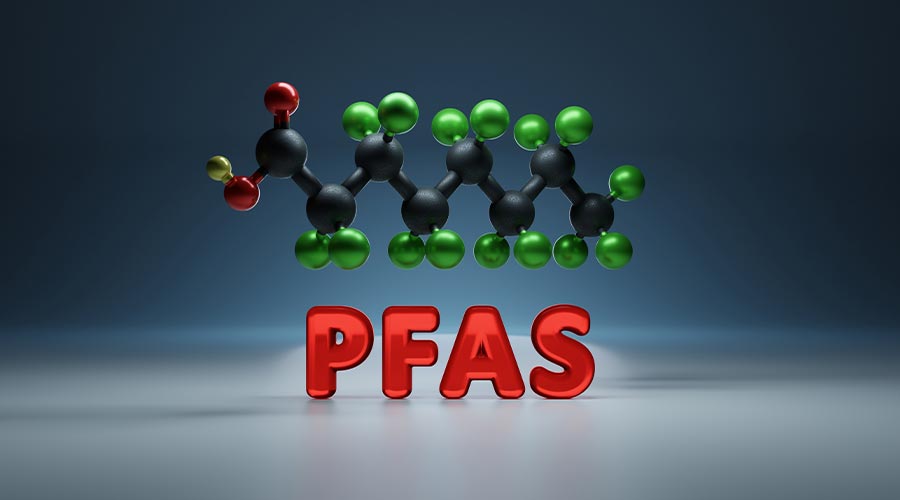
The U.S. Environmental Protection Agency (EPA) announced the latest efforts to protect communities and the environment from the health risks posed by certain per- and polyfluoroalkyl substances (PFAS). PFAS are widely used, long-lasting chemicals that break down very slowly over time, and they have been used in many different consumer, commercial and industrial products. Scientific studies show that some PFAS exposure is linked to harmful health effects. EPA is proposing two rules that would add to the agency’s comprehensive approach to tackling PFAS pollution across the country.
“Thanks to strong partnerships with our co-regulators in the states, we will strengthen our ability to clean up contamination from PFAS, hold polluters accountable and advance public health protections," says EPA Administrator Michael S. Regan.
“States like New Mexico are on the front lines of protecting communities from forever chemicals, and stronger federal regulations are essential in addressing such contamination,” adds New Mexico Governor Michelle Lujan Grisham. “EPA’s proposed rules are a direct result of New Mexico’s leadership in holding polluters accountable by treating PFAS like the toxic waste they are.”
EPA is proposing to modify the definition of hazardous waste as it applies to cleanups at permitted hazardous waste facilities. This modification would assure that EPA’s regulations clearly reflect EPA’s and authorized states’ authority to require cleanup of the full range of substances that the Resource Conservation and Recovery Act (RCRA) intended, including emerging chemicals of concern, such as PFAS, that may present substantial hazards, at permitted facilities. Currently, the regulations do not clearly and accurately reflect the full authorities granted to EPA by Congress.
EPA is also proposing to amend its RCRA regulations to add multiple PFAS compounds as hazardous constituents. These PFAS would be added to the list of substances identified for consideration in facility assessments and, where necessary, further investigation and cleanup through the corrective action process at hazardous waste treatment, storage and disposal facilities.
These proposed rules would strengthen protections for communities and drinking water supplies located near the 1,740 permitted hazardous waste facilities across the nation. Corrective action under RCRA requires facilities that treat, store or dispose of hazardous waste to protect health and the environment by investigating and cleaning up hazardous releases into soil, groundwater, surface water, and air. Hazardous waste cleanups are a crucial part of EPA’s focus on environmental justice and help to protect public health in part by addressing disparities in access to a clean and safe environment.
EPA will be publishing these proposals in the Federal Register in the next few weeks. The “Definition of Hazardous Waste Applicable to Corrective Action from Solid Waste Management Units” proposed rule will be open for public comment for 30 days whereas the “Listing of Specific PFAS as Hazardous Constituents” proposed rule will be open for public comment for 60 days. Upon publication, EPA welcomes comment on each proposal.

 Celebrating BSCAI's 60th Anniversary eBook
Celebrating BSCAI's 60th Anniversary eBook The Down and Dirty on Cleaning in Virus Season
The Down and Dirty on Cleaning in Virus Season How Surfactant Use is Expanding in Commercial Cleaning
How Surfactant Use is Expanding in Commercial Cleaning